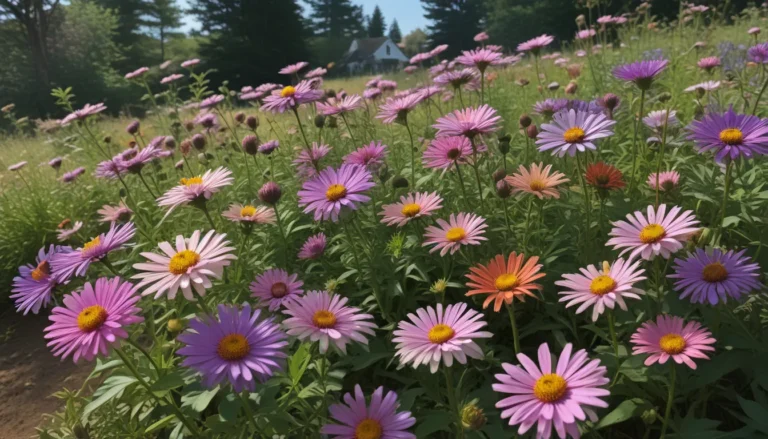The Catnip Chronicles: Everything You Need to Know About Growing and Using Catnip

Are you considering adding catnip to your garden? Perhaps you’re interested in its uses as a culinary spice, a therapeutic tea, or even as a treat for your feline friends. Whatever your reason, catnip, scientifically known as Nepeta cataria, is a versatile perennial herb that is worth exploring.
In this comprehensive guide, we will delve into the world of catnip, covering everything from cultivation and propagation to harvesting and using this remarkable herb. So, grab a cup of tea (catnip tea, perhaps?) and let’s get started.
What Is Catnip?
Catnip is a perennial herb that belongs to the Nepeta genus. It is known for its clumping growth habit, square stems, toothed leaves, and spikes of small white or light pink flowers. The herb is hardy in USDA Hardiness Zones 3 through 9 and can reach heights of a few feet tall and wide.
Cultivation and History
Catnip is native to parts of Europe, Asia, and Africa and has naturalized around the globe. It has a long history of medicinal use, particularly for children experiencing colic, fevers, and stomach aches. The herb is also popular among cats due to its volatile oil, nepetalactone, which induces euphoric reactions in felines.
Propagation
From Seed
- Cold stratify seeds before planting.
- Start seeds indoors in pots or direct sow in the garden.
- Keep soil moist until seedlings appear.
Division and Cuttings
- Divide mature plants seasonally to prevent spreading.
Transplanting
- Plant seedlings in the garden after the danger of frost has passed.
- Water seedlings well after planting.
How to Grow Catnip Plants
- Grow in full sun with at least six hours of sunlight per day.
- Provide well-draining soil and avoid overwatering.
- Trim plants back after flowering to promote new growth.
- Divide mature plants to control spreading.
Growing Tips
- Grow catnip in full sun in well-draining soil.
- Water moderately the first year and only during drought for established plants.
- Consider planting in containers or raised beds to prevent spreading.
Pruning and Maintenance
- Trim plants back by a third after flowering.
- Divide mature plants seasonally to control spreading.
Where to Buy
- Purchase catnip seeds from reliable sources such as Earthbeat Seeds.
- Consider buying catnip seeds as part of a Cat Lover’s Collection.
Managing Pests and Disease
- Catnip is relatively pest and disease-resistant.
- Monitor for pests such as slugs and spider mites.
- Practice good garden hygiene to prevent disease.
Catnip Harvesting, Preservation, and Storage
- Harvest leaves and flowers when plants are blooming.
- Dry harvested catnip for later use in tea or as a culinary spice.
- Store dried catnip in airtight containers in a dark, dry location.
Best Uses
- Use catnip for making toys for cats.
- Steep catnip as a soothing tea or use it as a culinary spice.
- Plant catnip in the garden to deter pests.
With its versatile uses and easy cultivation, catnip is a valuable addition to any garden. So, whether you’re looking to pamper your pets or enjoy the therapeutic benefits of this herb, catnip has something to offer for everyone.
Now that you’re equipped with the knowledge to grow and use catnip, it’s time to roll up your sleeves and get planting. Share your experiences and favorite uses for catnip in the comments below, and don’t forget to include pictures of your feline friends enjoying this remarkable herb.
For more gardening tips and tricks, check out our other articles:
– How to Grow and Care for Peppermint Plants
– Grow Faassen’s Catmint for Durable Summer Color
– How to Grow and Use Chocolate Mint
Happy gardening!





